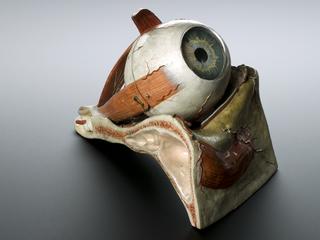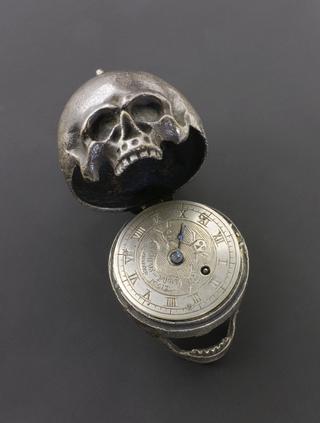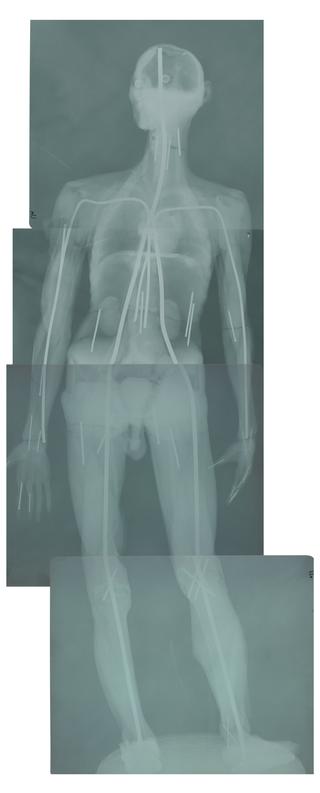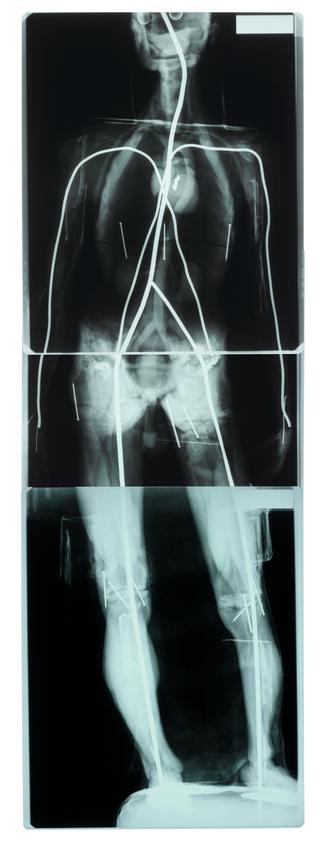
Wax anatomical model of thorax showing ecthyma luridum
- maker:
- Joseph Towne










Wax anatomical model of thorax showing ecthyma luridum, in glass case, by Joseph Towne, English, 1825-1879
Wax anatomical models such as this were for teaching purposes. They were created by skilled craftsman and had to be realistic. This example was almost certainly modelled on a dead body because the word ‘autopsy’ features on the label. This example shows the thorax, or chest area, covered in pus-filled boils caused by the skin disease ecthyma luridum. This causes inflammation and spots to form on the skin. During the 1830s, physicians believed it was associated with people with ‘broken constitutions’ and was treatable with warm sulphurous baths. It is now easily treated with medicated creams.
Joseph Towne was a wax modeller for Guy's Hospital, London for over 50 years, He completed several hundred models. In 1826, aged just 20 years-old he submitted his first model to the Royal Society of Arts and was awarded a silver medal. He won a gold medal from the same institution in 1827. Many of his models were based on direct observation of the human body via autopsy specimens. They are still useful teaching resources.
Details
- Category:
- Anatomy & Pathology
- Object Number:
- 1986-455
- Materials:
- model, wax and case, glass
- Measurements:
-
overall: 304 mm x 244 mm x 186 mm,
- type:
- anatomical model
- credit:
- Bridge City Auction Service




